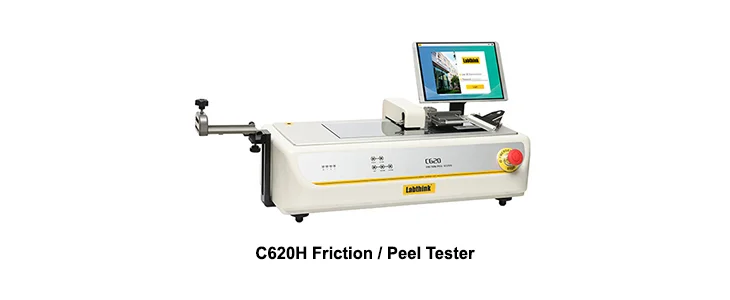
During our daily sales, when our sales managers introduce our products, they are asked from the people “why would I want to measure ___”. That is always great questions. Many unseen factors affect our machines, products, filling, orproduction. You may run various quality control checks in your manufacturing process. But,have you considered the cost of not inspecting the machinery that makes thatprocess possible? The constant wear and tear, or friction, your machinery endures each day affects its manufacturing performance. This results in process and product quality inconsistencies, as well as safety issues for your operators.
Firstly, I want to give you a quick knowledge of Friction. Basically, there are two kinds of friction: static friction and kinetic friction. Static friction is friction between two or more solid objects that are not movingrelative to each other. For example, static friction can prevent an object fromsliding down a sloped surface. Kinetic friction, also known as dynamic friction or sliding friction, occurs when two objects are movingrelative to each other and rub together (like a sled on the ground).
Here we come to the question: Why Friction is something we want and need to measure?
Friction causes wear and tear of the parts of machinery in contact, which will reduce their life time. The less friction, the less wear, and the longer your machine will last. The ability to pre-determine what parts of your system will need maintenance before a total system failure is invaluable when it comes to keeping operations running smoothly. Ongoing, consistent friction measurement also optimizes the process of replacing parts. So, a friction analyzer can help you identify:
Consider the example of two identically constructed machines. With one, the manufacturing process seems to work as intended every time, while the other doesn’t, e.g.slipping boxes on a packing line or slipping web or sheet processes on rollers.Accurate friction testers ensure interface surfaces are consistent. In layman’sterms, surfaces that are not too sticky, and not too slippery... but just right!
In addition to ensuring manufacturing consistency, there is also a need for product consistency. If the manufacturing process isn’t consistent or if variation of the raw materials isn’t corrected, your end product is going to have variation. When it comes to food products, medical devices, cosmetics, pharmaceuticals or any heavily standardized industry, thiscan make the difference between a final product being ready for the market, orbeing sent to the trash.
Slips and falls can occur anywhere in your facility, frompublic areas to employee-only areas. Therefore, special designed floors have been made possible with the use of accurate. Additionally,while packaging large bundles can be a relatively simple process, friction analyzers keep them in place during transit. Measuring friction of the outerpackaging both during development and before shipment plays a dual role to keepworkers safe while preventing product losses.
Finally, the traditional role of friction measurement in R&D has made great strides. The research part begins with measurement,which allows the causes of problems to be identified and repaired. It can be University and Colleges, Laboratories, or Factory R&D departments
Buy Now - https://www.flexitest.in/c620h-friction-peel-tester-packaging